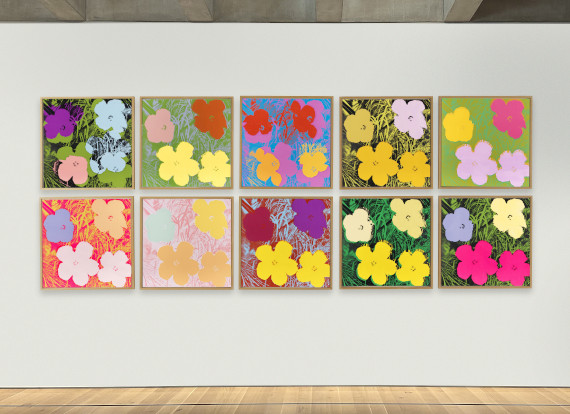Dictionary


Steel engraving
Steel engraving (once known as siderography) is an intaglio printing process. Steel engraving developed from copperplate engraving. Because copperplates wear out so quickly, tougher and harder materials were needed for the printing plate if many more copies were to be made. In 1819/20 Charles Heath, an Englishman, and Jacob Perkins of Massachusetts collaborated on inventing a method of engraving on steel, which was the hardest material available. The drawing is executed on a plate of soft steel (also known as mild steel, which has a low carbon content) with a graver or burin or - as in etching - the plate is bitten. Steel engraving requires much more delicate and closely set lines than copperplate engraving. It is particularly suited to making very fine, small-scale representations but cannot produce the saturated depths of a copperplate engraving. Steel engraving was used in the 19th century mainly for book illustration and as a reproduction process, especially in the making stamps and bank notes, for which it was originally developed. The virtually unlimited editions made possible by steel engraving served commercial interests. When technology advanced and more economical solutions were found, the steel engraving went virtually out of use in book illustration.
Steel engraving (once known as siderography) is an intaglio printing process. Steel engraving developed from copperplate engraving. Because copperplates wear out so quickly, tougher and harder materials were needed for the printing plate if many more copies were to be made. In 1819/20 Charles Heath, an Englishman, and Jacob Perkins of Massachusetts collaborated on inventing a method of engraving on steel, which was the hardest material available. The drawing is executed on a plate of soft steel (also known as mild steel, which has a low carbon content) with a graver or burin or - as in etching - the plate is bitten. Steel engraving requires much more delicate and closely set lines than copperplate engraving. It is particularly suited to making very fine, small-scale representations but cannot produce the saturated depths of a copperplate engraving. Steel engraving was used in the 19th century mainly for book illustration and as a reproduction process, especially in the making stamps and bank notes, for which it was originally developed. The virtually unlimited editions made possible by steel engraving served commercial interests. When technology advanced and more economical solutions were found, the steel engraving went virtually out of use in book illustration.
Offers
Headquarters
Joseph-Wild-Str. 18
81829 Munich
Phone: +49 89 55 244-0
Fax: +49 89 55 244-177
info@kettererkunst.de
Louisa von Saucken / Undine Schleifer
Holstenwall 5
20355 Hamburg
Phone: +49 40 37 49 61-0
Fax: +49 40 37 49 61-66
infohamburg@kettererkunst.de
Dr. Simone Wiechers / Nane Schlage
Fasanenstr. 70
10719 Berlin
Phone: +49 30 88 67 53-63
Fax: +49 30 88 67 56-43
infoberlin@kettererkunst.de
Cordula Lichtenberg
Gertrudenstraße 24-28
50667 Cologne
Phone: +49 221 510 908-15
infokoeln@kettererkunst.de
Hessen
Rhineland-Palatinate
Miriam Heß
Phone: +49 62 21 58 80-038
Fax: +49 62 21 58 80-595
infoheidelberg@kettererkunst.de
We will inform you in time.




